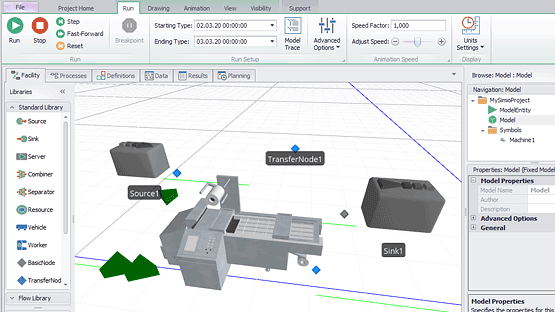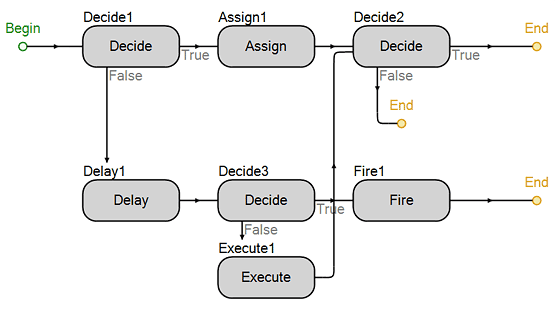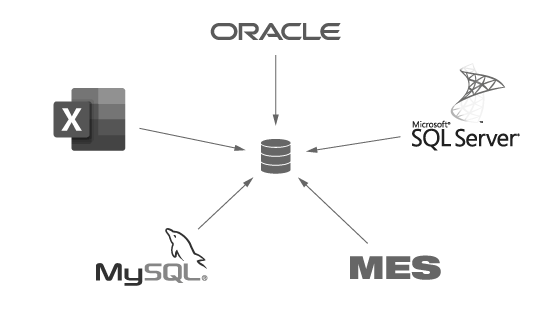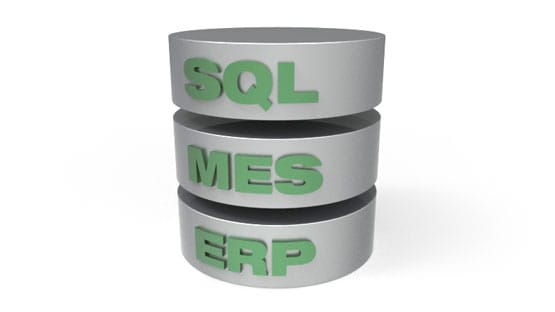
Simulation software for high performance and flexibility
Simio is a modern simulation software for fast and flexible modeling of production and logistics processes. Simio makes it easy for you to connect the company data sources directly to the models and to generate valuable analysis from the simulation runs.

Modeling efficient and modern

Easy-to-use handling of databases

Valuable results, dashboards, Gantt charts

Examples, Simio in use
Simio reduces the complexity of modeling – describe your system with just a few clicks
Structured modeling
It is essential for any simulation software to support quick modeling of required complexity of the real systems. And this is where Simio convinces. Simio has the power and flexibility to model complex systems, because it facilitates structured modeling. Relational data tables (see below), objects, tokens and process steps are all part of the structural process definition. Our experience shows that at least 80% of the definition of the modeled system should be defined through that model structure. The higher portion of the model description is included in that structure, the more efficient and flexible can it be developed.

Project organization and ribbons
The tabs in Simio split every project into separate sections (or project facades) right from the start. “Facility” is the place where the user builds the model layout including resources, objects instances and complete animation of the model. In “Processes” there are actions and algorithms controlling the objects in the model. In "Definitions" there are variables and other constructs or declarations that are used in the model objects. "Data" organizes all model data into relational tables with its connections to data sources. "Results" provides a comprehensive presentation of your model's results. Finally “Planning” is used for the risk based analyzes, see Simio RPS.

Objects and libraries
Simio's object-based paradigm concept radically changes the way simulation models are created and used. Flexible objects from Simio libraries can be adjusted with their properties and add on processes up to a desired level of detail (all without programming).
Most users will find the flexible objects in the Standard Library very handy. Whereas advanced users will subclass these and redesign to fit their particular purpose.

Logic
After objects are placed in the Facility tab they “know” what to do. Their logic is already predefined. Since each modeled system can be very individual, Simio allows for flexible object customization with properties and add-on processes. This way the objects are modified with short process snippets, which are placed with surgical precision exactly where needed.
The plug'n'play logic definition saves the modeler a lot of time, because the objects are not created from scratch each time.

In the age of digitalization, big data needs to be easy to handle
Data from all data sources
Simio connects to multiple data sources such as Microsoft Excel or SQL database to get the right data for the simulation model. The up to date data is then imported automatically into Simio at the start of the simulation run.

Relational data tables
Data is stored in Simio in relational tables that stay in 1: n or n:n relations (e.g. order and order detail). Thanks to this technology, your data is organized very efficiently in the model, and it is quick to use. For example a newly created job in the model is linked to a line in the order table. When it queries the order line table, it only reads the lines that belong to this job (e.g. product and qty).
Therefore there is no need for a complex and CPU intensive search through data sets with many thousands rows, which would be a common practice for other simulation products on the market. This saves time, saves the model from errors and speeds up simulation runs.

Using big data in Simio
Every additional piece of company data may contribute to a better understanding of the processes in the company. Thanks to the flexible modeling way in Simio all this data can then be directly part of the model. This way even more realistic simulation runs can be carried out of the current production system.
Every simulation run will generate results, which you may want to transfer back i.e. to your ERP software. With Simio, you can do this comfortably with the import-export option.

Be always one step ahead of whats required
Results as pivot
Simio automatically evaluates a lot of KPIs and shows them in a pivot table. These metrics can then be quickly selected and reduced to what is actually essential to the model.

Interactive Dashboards
The dashboards offer another customized display interface with aggregated results in the form of tables, charts, maps and images.
The simulation output data can be selected interactively between the different forms of a dashboard, so that only selected data appears there. For example see a machine Cut1 label selected in the picture. The chart shows then how its value has been changing during the simulation run.

Gantt diagram
Simio Enterprise Edition comes also with Gantt diagrams to show how products and orders flow through the model during the simulation run. Just a quick look on the diagram suffices to see how the run was. The orders are waiting, seizing and releasing resources. The resource view shows which orders are processed on each resource one by one. Another use of Gantt is for planing, see Simio APS for more information.

Experiment and scenarios
Simio offers many innovative features for analyzing your simulation results. You can define experiments with multiple scenarios and have them run automatically in parallel on a multi-core processor. Simio uses powerful analytics capabilities, including optimization add-ons to automatically compare the scenarios.
In addition innovative SMORE diagrams are used to show influences of errors and risks across multiple scenarios.

Use all CPUs
To evaluate a simulation model it is necessary to run many scenarios and for every scenario to run multiple replications. It is common to define 1000 simulation runs for an experiment.
To speed up the model experiments Simio starts parallel simulation runs using every available processor core. It starts one simulation run on one core at a time. It can also use the CPUs of other computers in the network.

Complete projects successfully with our help
What questions do you have about your simulation project?
Tell us what your project is about and we help you find a good solution.
PARTNERS:

